Filtration DefinitionFilter material only allows the fluid to flow through while blocking the solid, so filtration is a technique for separating solids from liquids or gases. The liquid that flows through the filter is known as the filtrate. In contrast to a surface filter, which is a solid, a depth filter is a material layer that traps solid particles. The term "filtration" applies whether a filter is mechanical, biological, or physical. 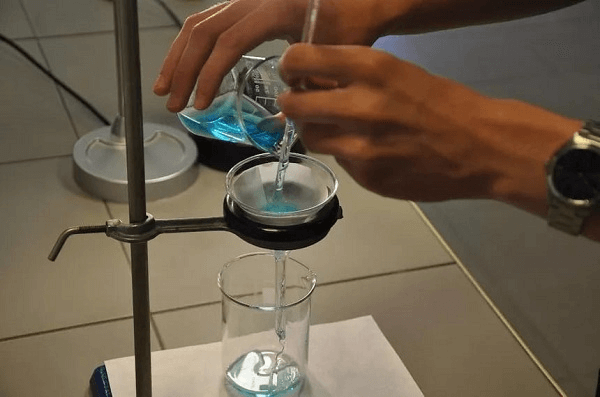
Filtration is usually a flawed procedure. While some tiny solid particles pass through the filter, some fluid stays on the feed side or is embedded in the filter medium. Whatever the liquid or solid is gathered, there will always be some lost product when using chemical and engineering techniques. Filtration Examples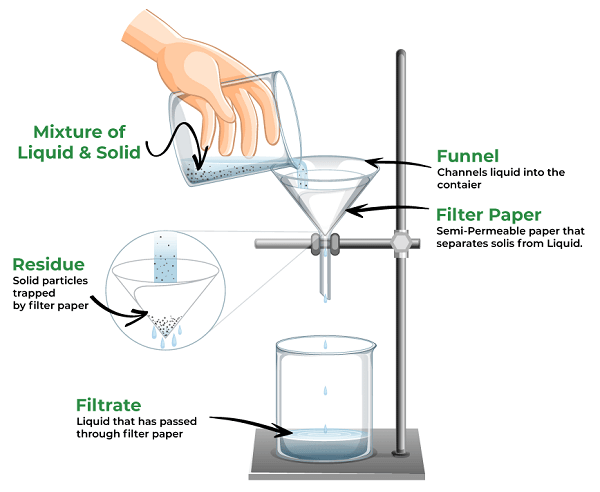
Filtering Techniques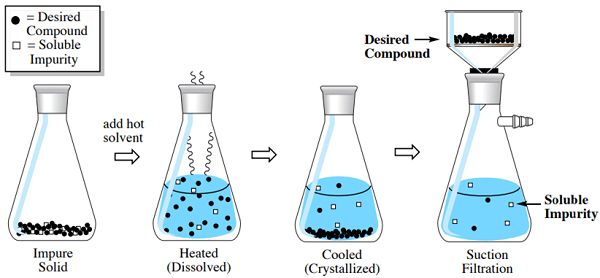
Different kinds of filters are available. Whether the material is, a particle (suspended) or dissolved in the fluid primarily determines which approach is utilized. 1. Comprehensive FiltrationThe most basic sort of filtration uses gravity to separate a mixture. When a liquid is poured from above onto a filter material, gravity pulls the mixture downward (such as filter paper). The solid is left on when the liquid passes through the filter. 2. Filtration by Vacuum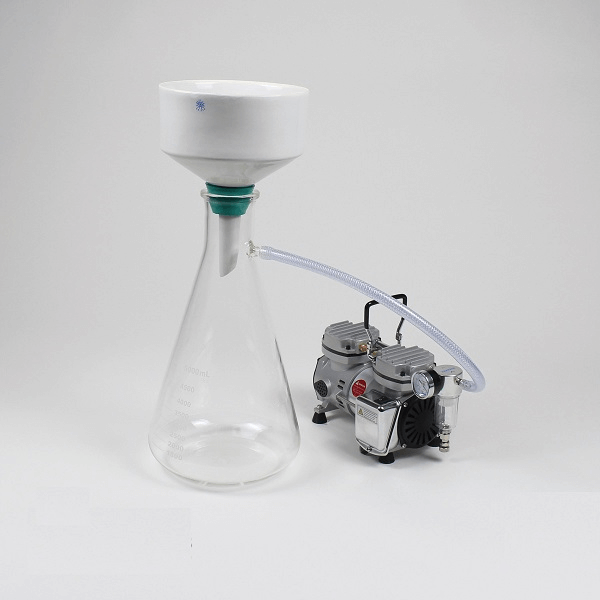
A B�chner flask and hose produce a vacuum that draws the fluid through the filter (usually with gravity). It may dry the solid and considerably accelerate the separating process. On both sides of the filter, a pump similarly alters the pressure. Pump filters don't have to be vertical since the pressure difference on the sides of the filter is not generated by gravity. 3. Cold Filtration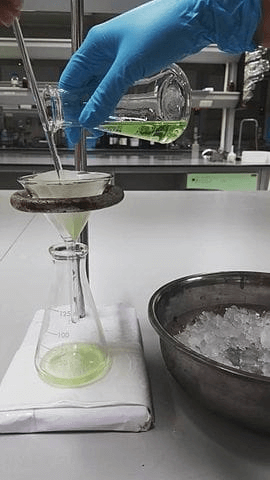
A solution is rapidly cooled via cold filtering, encouraging tiny crystals' growth. When the substance is first dissolved, the cold filtering process is utilized. One typical technique is to filter the solution after submerging the container in an ice bath. 4. A Hot Filtration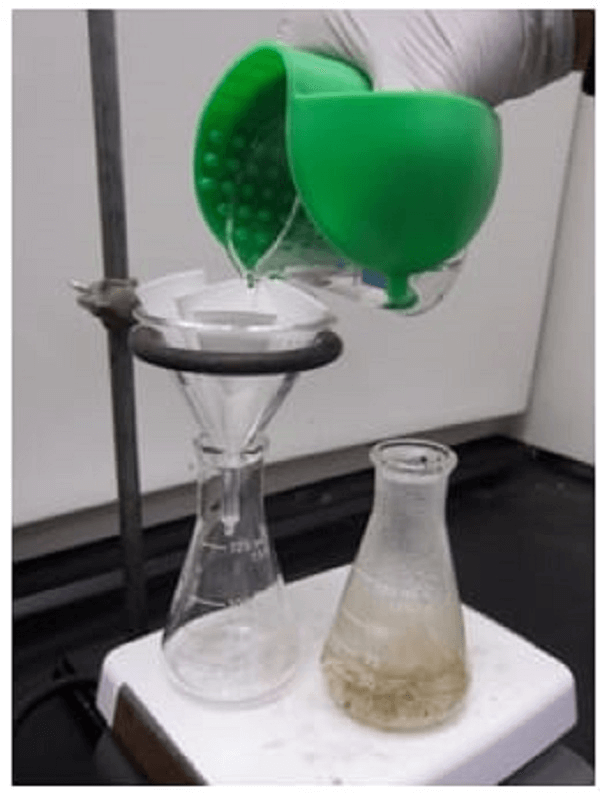
By heating the solution, filter, and funnel during hot filtering, crystal formation is minimized. Stemless funnels are useful since there is less surface area for crystal formation. This technique is employed when crystals clog the funnel or stop the second component in a mixture from crystallizing. Filter aids are occasionally used to enhance filter flow. Filter aids include cellulose, diatomaceous earth, perlite, and silica. Filter aids can be added or mixed with the liquid before filtering. By making the "cake" more porous or feeding into it, the aids can aid in preventing the clogging of the filter. Sieving vs Filtration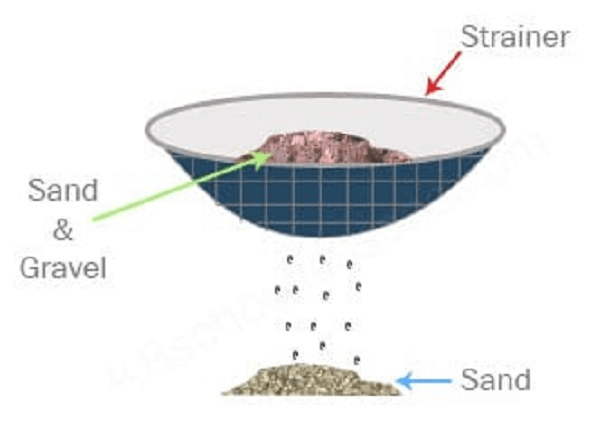
Sieving is a comparable separating process. Holding large particles while allowing smaller ones to pass through a single mesh or perforated layer is known as sieving. In contrast, a lattice-like structure or numerous layers are used as filters during filtration. For a filter to work, fluids must go via channels in the media. Filtration Substitutes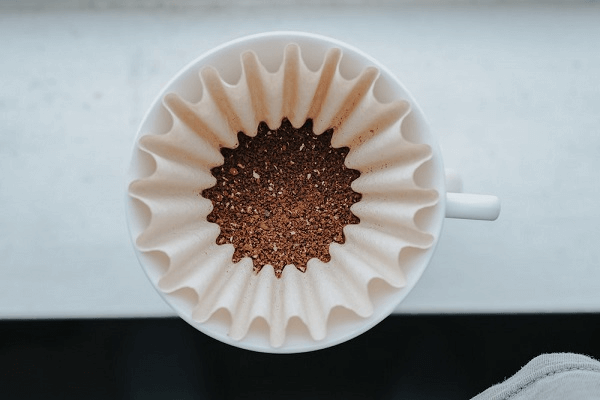
For some purposes, there are separation techniques that are more successful than filtering. For instance, the filter media may absorb too much liquid in very tiny samples when it is crucial to collect the filtrate. The filter media may get too clogged with the substance in other instances. Two more techniques for separating particles from liquids include decantation and centrifugation. By circulating a sample, centrifugation causes the heavier solid to fall to the bottom of a container. In decantation, the liquid is removed from the solid after it has left the solution by being siphoned or poured out. It is possible to use decantation either before or after centrifugation.
Next TopicFood Chain Definition
|
 For Videos Join Our Youtube Channel: Join Now
For Videos Join Our Youtube Channel: Join Now
Feedback
- Send your Feedback to [email protected]
Help Others, Please Share









